-
 Bitcoin
Bitcoin $118100
-0.44% -
 Ethereum
Ethereum $3585
5.43% -
 XRP
XRP $3.434
5.65% -
 Tether USDt
Tether USDt $1.000
0.02% -
 BNB
BNB $743.8
3.89% -
 Solana
Solana $178.7
3.84% -
 USDC
USDC $1.000
0.03% -
 Dogecoin
Dogecoin $0.2381
12.81% -
 TRON
TRON $0.3270
3.62% -
 Cardano
Cardano $0.8315
4.93% -
 Hyperliquid
Hyperliquid $44.51
-4.42% -
 Stellar
Stellar $0.4710
1.52% -
 Sui
Sui $3.896
-2.51% -
 Chainlink
Chainlink $18.09
6.98% -
 Hedera
Hedera $0.2681
9.31% -
 Bitcoin Cash
Bitcoin Cash $516.7
4.83% -
 Avalanche
Avalanche $23.95
6.96% -
 Shiba Inu
Shiba Inu $0.00001490
5.67% -
 UNUS SED LEO
UNUS SED LEO $8.966
0.80% -
 Toncoin
Toncoin $3.294
4.39% -
 Litecoin
Litecoin $105.4
4.69% -
 Polkadot
Polkadot $4.356
5.30% -
 Uniswap
Uniswap $10.29
17.25% -
 Monero
Monero $327.9
-3.04% -
 Bitget Token
Bitget Token $4.942
4.33% -
 Ethena USDe
Ethena USDe $1.001
0.08% -
 Pepe
Pepe $0.00001348
2.17% -
 Dai
Dai $1.000
0.02% -
 Aave
Aave $320.8
0.58% -
 Bittensor
Bittensor $411.8
-4.07%
What is a maker vs a taker fee?
Understanding maker vs taker fees helps traders reduce costs by choosing limit orders to earn lower fees or rebates, while market orders typically incur higher taker fees.
Jul 19, 2025 at 01:14 am

Understanding the Basics of Cryptocurrency Exchange Fees
In the world of cryptocurrency trading, maker vs taker fees are a fundamental concept that every trader should understand. These fees are charged by exchanges to users based on the type of order they place. The distinction between maker and taker fees is crucial because it affects how much you pay in trading costs and can influence your trading strategy.
When you place an order on a cryptocurrency exchange, you're either adding liquidity to the market or removing it. If your order is not immediately filled, it becomes part of the order book and is considered a maker order. Conversely, if your order is executed immediately against an existing order, it's classified as a taker order.
What Is a Maker Fee?
A maker fee is charged when a trader places a limit order that does not get filled immediately. This type of order adds liquidity to the exchange because it sits in the order book until another trader matches it. Exchanges reward this behavior by offering lower fees or even rebates in some cases.
- Limit orders allow traders to specify the price at which they are willing to buy or sell.
- These orders contribute to the depth of the market by increasing the available liquidity.
- Exchanges incentivize makers because they help maintain a healthy and liquid market environment.
It's important to note that maker fees are generally lower than taker fees, making them more favorable for traders who are not in a hurry to execute their trades.
What Is a Taker Fee?
A taker fee applies when a trader places an order that is immediately executed against an existing order in the order book. This typically happens when you place a market order or a limit order that gets filled instantly. Takers are seen as removing liquidity from the market, which is why exchanges charge them higher fees.
- Market orders are executed instantly at the best available price.
- Taker fees are usually higher because they consume existing liquidity rather than contributing to it.
- Traders who prioritize speed and execution certainty often pay taker fees without realizing it.
Understanding whether your order will be classified as a maker or taker is essential for cost-effective trading. Some exchanges provide fee schedules that clearly outline the difference between maker and taker rates.
How to Determine If You're a Maker or a Taker
Identifying whether your order qualifies as a maker or taker depends on the type of order and the current state of the order book. Here’s how to determine it:
- If you place a limit order and it doesn’t get filled immediately, it becomes a maker order.
- If you place a market order, it will almost always be a taker order since it executes instantly.
- Some exchanges also consider hidden orders or iceberg orders as makers, depending on how they are structured.
To ensure you're being charged the correct fee, check your order details on the exchange platform. Most exchanges will indicate whether your order was a maker or taker in the trade history or transaction details section.
Examples of Maker and Taker Orders
Let’s consider a practical example to illustrate the difference between maker and taker orders:
- Suppose the current bid price for Bitcoin is $30,000, and the ask price is $30,050.
- If you place a limit buy order at $30,000, your order will sit in the order book until someone sells at that price. This is a maker order.
- However, if you place a market buy order, it will immediately purchase at the lowest available ask price of $30,050, making it a taker order.
Another example involves sell orders:
- If the ask price for Ethereum is $2,000, and you place a limit sell order at $2,050, your order will wait in the book until a buyer matches it. This is a maker order.
- But if you sell at the current market price of $2,000, your order will be filled instantly, making it a taker order.
These examples show how small decisions in order types can significantly impact your trading costs.
Strategies to Minimize Maker and Taker Fees
Reducing trading costs is a key goal for many cryptocurrency traders. Here are some strategies to minimize maker and taker fees:
- Use limit orders instead of market orders to qualify for maker fees.
- Set your limit price slightly inside the bid-ask spread to increase the likelihood of your order being filled while still acting as a maker.
- Check fee schedules across multiple exchanges to find platforms that offer lower maker fees or maker rebates.
- Utilize exchange loyalty programs or token-based discounts to further reduce your overall trading costs.
By being mindful of how you place your orders, you can significantly reduce the total fees you pay over time, especially for high-frequency traders.
Frequently Asked Questions
Q: Can a single trade involve both maker and taker fees?
Yes, in some cases, a partial fill can occur. For example, if you place a large limit order and only part of it is filled immediately while the rest remains in the order book, the portion filled immediately incurs a taker fee, and the remaining portion is treated as a maker order.
Q: Do all exchanges differentiate between maker and taker fees?
No, not all exchanges use a maker-taker fee model. Some exchanges apply a flat fee structure regardless of whether you add or remove liquidity. It's important to review the fee schedule of any exchange before trading.
Q: Are maker fees always lower than taker fees?
Generally, maker fees are lower than taker fees because makers contribute to market liquidity. However, this isn't always the case. Some exchanges may have special promotions or fee structures that temporarily alter the standard maker-taker fee relationship.
Q: How do maker fees impact long-term trading strategies?
For long-term traders or buy-and-hold investors, maker fees may not have a significant impact since they trade infrequently. However, for active traders or those using algorithmic strategies, consistently using maker orders can result in notable cost savings over time.
Disclaimer:info@kdj.com
The information provided is not trading advice. kdj.com does not assume any responsibility for any investments made based on the information provided in this article. Cryptocurrencies are highly volatile and it is highly recommended that you invest with caution after thorough research!
If you believe that the content used on this website infringes your copyright, please contact us immediately (info@kdj.com) and we will delete it promptly.
- XRP, Ripple, Bitcoin, Ethereum: Decoding the Crypto Landscape
- 2025-07-19 05:50:13
- Penny Altcoins Eyeing $1 in Q3 2025: Cardano, BlockchainFX, and the Hunt for Crypto Gold
- 2025-07-19 05:10:13
- Trump, Stablecoins, and New Laws: A Crypto Revolution?
- 2025-07-19 05:10:13
- Trump, Crypto, and US Dominance: A New Era?
- 2025-07-19 05:50:13
- Smarter Web's Bitcoin Accumulation Plan: Riding the Crypto Wave
- 2025-07-19 05:55:12
- Princess Anne's 75th Birthday: A Royal First and a Celebration of Duty
- 2025-07-19 04:50:13
Related knowledge

What is a maker vs a taker fee?
Jul 19,2025 at 01:14am
Understanding the Basics of Cryptocurrency Exchange FeesIn the world of cryptocurrency trading, maker vs taker fees are a fundamental concept that eve...
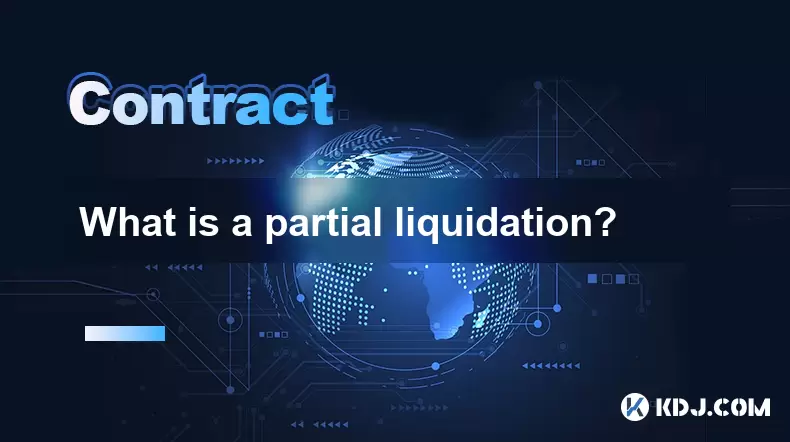
What is a partial liquidation?
Jul 19,2025 at 01:49am
Understanding the Basics of Partial LiquidationIn the world of cryptocurrency trading, especially within leveraged positions, partial liquidation refe...
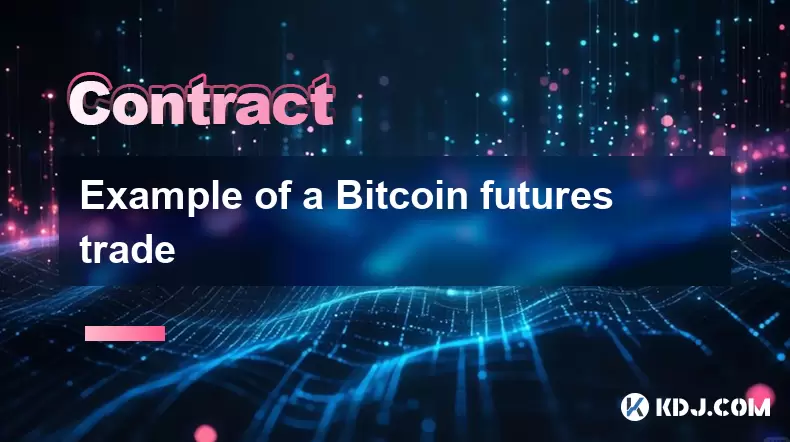
Example of a Bitcoin futures trade
Jul 19,2025 at 12:43am
Understanding Bitcoin Futures TradingBitcoin futures trading is a financial instrument that allows investors to speculate on the future price of Bitco...
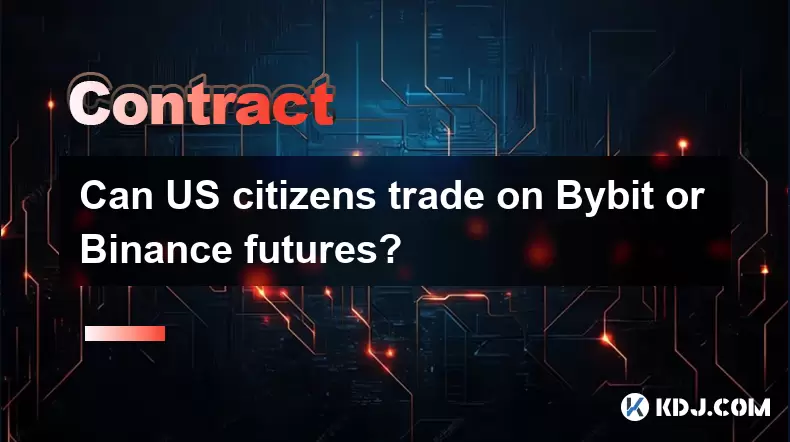
Can US citizens trade on Bybit or Binance futures?
Jul 18,2025 at 10:14pm
Understanding the Legal Status of US Citizens on Global Crypto ExchangesThe question of whether US citizens can trade on Bybit or Binance futures is o...
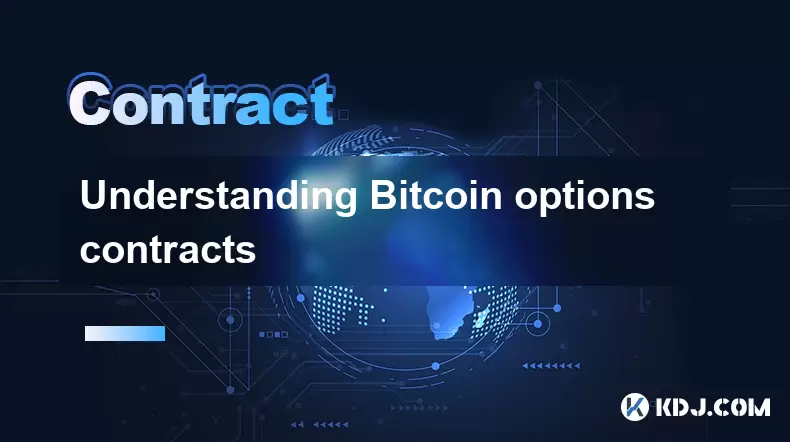
Understanding Bitcoin options contracts
Jul 18,2025 at 10:56pm
What Are Bitcoin Options Contracts?Bitcoin options contracts are financial derivatives that allow traders to speculate on the future price of Bitcoin ...
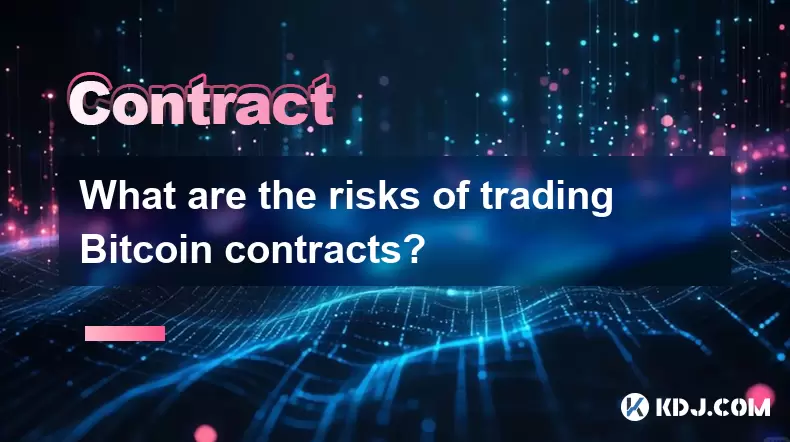
What are the risks of trading Bitcoin contracts?
Jul 19,2025 at 03:49am
Market Volatility and Price FluctuationsTrading Bitcoin contracts involves exposure to extreme market volatility, which is one of the most significant...

What is a maker vs a taker fee?
Jul 19,2025 at 01:14am
Understanding the Basics of Cryptocurrency Exchange FeesIn the world of cryptocurrency trading, maker vs taker fees are a fundamental concept that eve...

What is a partial liquidation?
Jul 19,2025 at 01:49am
Understanding the Basics of Partial LiquidationIn the world of cryptocurrency trading, especially within leveraged positions, partial liquidation refe...

Example of a Bitcoin futures trade
Jul 19,2025 at 12:43am
Understanding Bitcoin Futures TradingBitcoin futures trading is a financial instrument that allows investors to speculate on the future price of Bitco...

Can US citizens trade on Bybit or Binance futures?
Jul 18,2025 at 10:14pm
Understanding the Legal Status of US Citizens on Global Crypto ExchangesThe question of whether US citizens can trade on Bybit or Binance futures is o...

Understanding Bitcoin options contracts
Jul 18,2025 at 10:56pm
What Are Bitcoin Options Contracts?Bitcoin options contracts are financial derivatives that allow traders to speculate on the future price of Bitcoin ...

What are the risks of trading Bitcoin contracts?
Jul 19,2025 at 03:49am
Market Volatility and Price FluctuationsTrading Bitcoin contracts involves exposure to extreme market volatility, which is one of the most significant...
See all articles

























































































